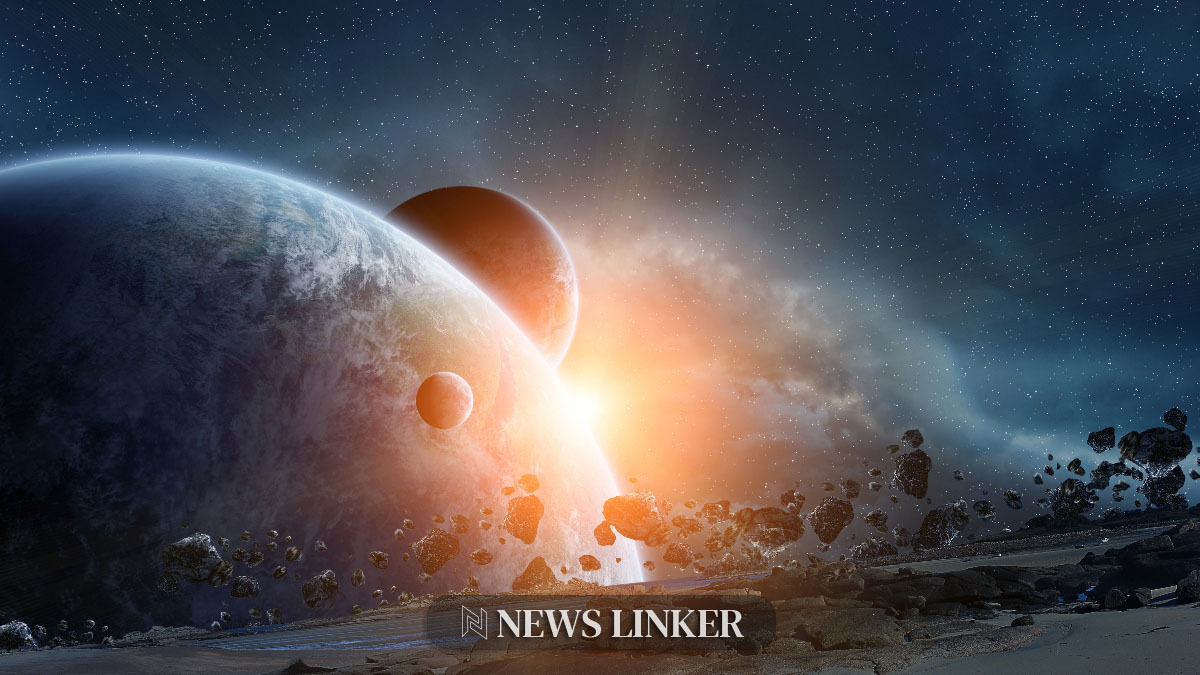The cosmos is far more vast and enigmatic than the celestial bodies visible to the naked eye. NASA’s Hubble Space Telescope has been instrumental in shedding light on the universe’s dark secrets, particularly concerning dark matter and dark energy. In its most recent publication, an e-book part of the Hubble Focus series, NASA presents groundbreaking findings on these elusive concepts. This publication, titled “Hubble Focus: The Dark Universe,” is freely available in various formats and is intended to serve as a comprehensive resource for understanding the inexplicable forces that are accelerating the universe’s expansion and holding galaxies together.
The Enigma of Dark Matter
The universe’s structure is vastly influenced by dark matter, a substance that remains undetectable by conventional means and is only observable through its gravitational effects on visible matter. It comprises most of the universe’s mass and plays a crucial role in binding galaxies and galaxy clusters. Despite decades of observation and research, Hubble’s latest findings suggest that our theoretical models may still have gaps, as the telescope’s observations of dark matter and its interaction with normal matter often present challenges to existing theories.
Accelerating Cosmos: The Dark Energy Conundrum
Dark energy, a term coined by cosmologists, refers to the mysterious force causing the universe’s expansion rate to accelerate. This phenomenon was first indicated by Hubble’s observations of distant supernovae in 1998. Dark energy operates on a cosmic scale, counteracting gravity’s pull and leading to the universe’s accelerated growth. Hubble’s precise measurements have been critical in assessing this rate of expansion, although it has revealed inconsistencies with the predicted expansion from the universe’s early state post-big bang.
Hubble Legacy and the Pursuit of Cosmic Knowledge
NASA continues to leverage Hubble’s unparalleled observational capabilities to deepen our understanding of the cosmos. The telescope’s insights into the nature of dark matter and dark energy will be further complemented by future missions, such as the European Space Agency’s Euclid mission and NASA’s Nancy Grace Roman Space Telescope. The e-book “Hubble Focus: The Dark Universe” is the fifth installment in the series and is a testament to Hubble’s enduring legacy in transforming our comprehension of the universe.
Contextual Insights from Ongoing Research
In the context of Hubble’s revelations, other research endeavors have been probing the universe’s hidden aspects. An article titled “Unveiling the Role of Dark Matter in Galaxy Formations” from the Space Explorers Journal discusses the pivotal function of dark matter in the birth and configuration of galaxies. Another piece, “Deciphering the Dark: Advances in Dark Energy Research” by Cosmos Chronicles, delves into recent advances in understanding dark energy and its implications for future cosmic exploration. These works, alongside Hubble’s contributions, underscore the continuous effort to unravel the universe’s most profound mysteries.
Useful information for the reader
- Dark matter is invisible but detectable through gravitational influence.
- Dark energy is a weak force that becomes noticeable on intergalactic scales.
- Hubble’s e-book series is freely available, providing in-depth cosmic insights.
NASA’s Hubble Space Telescope has redefined our cosmic perspective through its meticulous observations of the universe’s dark components. The telescope’s cutting-edge technology and the commitment of the scientific community continue to expand our understanding of the fundamental forces at play in the cosmos. As researchers and space observatories build upon Hubble’s foundation, humanity advances closer to unraveling the dark universe’s enigmatic phenomena, perhaps someday revealing their true nature and influence on the cosmic landscape.










